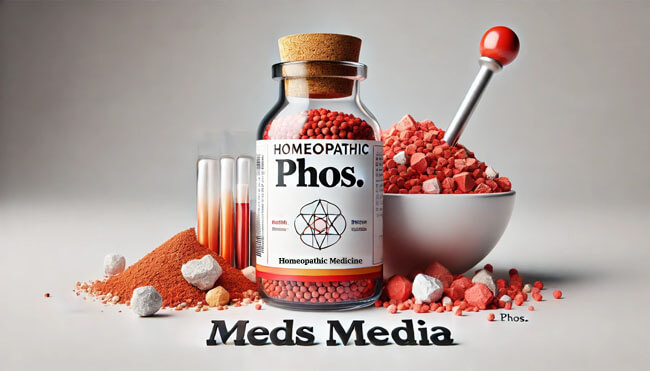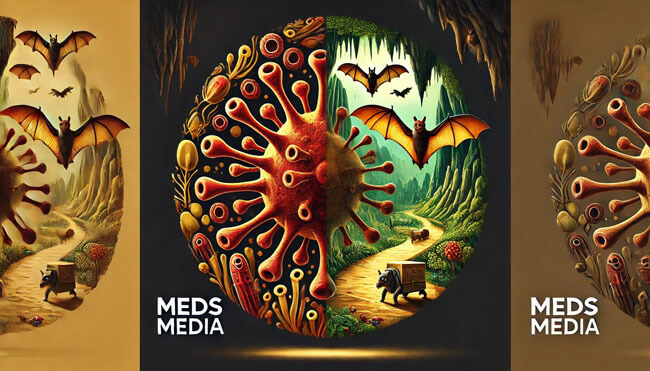Introduction to Trio Remedies in Homeopathy
Homeopathy, founded by Dr. Samuel Hahnemann, is a medical system that treats the whole person—mind, body, and spirit—by stimulating the body’s inherent healing mechanisms. Among its diverse methodologies, the concept of “Trio Remedies” as introduced by Dr. E.B. Nash is particularly noteworthy. Trio Remedies represent a systematic approach where three specific homeopathic medicines are administered in a predetermined sequence to address various aspects of a disease. This method reflects the dynamic and multi-layered nature of illness, offering a structured and holistic pathway to recovery.
Theory Behind Trio Remedies: How the Concept Works
The concept of Trio Remedies in homeopathy, pioneered by Dr. E.B. Nash, is based on the understanding that diseases often manifest in stages, with symptoms evolving as the condition progresses. Effective homeopathic treatment must adapt to these changes, addressing not just the immediate symptoms but also the underlying shifts in the patient’s physical and emotional state.
The foundation of Trio Remedies lies in this sequential approach, where specific remedies are used in succession to target different phases of an illness, ensuring a more complete and effective treatment.
Complementary Action and Synergy
The remedies within a trio are carefully selected for their complementary actions rather than mere symptom similarity. The first remedy in the trio typically addresses the acute or presenting symptoms, the second targets deeper or underlying causes, and the third consolidates the healing process, preventing recurrence. This synergy allows for a smoother and more natural recovery, reducing the likelihood of symptom suppression or incomplete resolution.
Stage-Specific and Progressive Treatment
In homeopathy, the progression of symptoms is as critical as the symptoms themselves. The Trio Remedies concept provides a step-by-step treatment approach that mirrors the body’s natural healing process. For instance, in treating a respiratory infection, a practitioner might use a trio where the first remedy addresses initial fever and congestion, the second deals with lingering cough, and the third strengthens the respiratory system to prevent recurrence. This stage-specific treatment ensures that no aspect of the disease is overlooked.
Prevention of Recurrence and Holistic Healing
One of the significant advantages of Trio Remedies is their ability to prevent the return of symptoms. The final remedy in a trio often serves a prophylactic role, reinforcing the body’s defenses and stabilizing the patient’s overall health. This holistic approach is crucial in homeopathy, aiming not just to treat the current illness but to build resilience against future health challenges.
Harmonizing Mental and Physical Healing
Trio Remedies also address the complex relationship between mind and body. Many physical ailments are accompanied by emotional stress or mental disturbances. The carefully selected sequence of remedies in a trio often begins with a remedy that stabilizes the mental state, creating a more favorable environment for physical healing. For instance, in cases of anxiety-related insomnia, a trio might start with a remedy to calm acute anxiety, followed by one that addresses underlying stress, and conclude with a remedy that restores natural sleep patterns. This layered approach ensures that the treatment is both comprehensive and individualized, catering to the unique needs of each patient.
Example Application of Trio Remedies
One classic example of a Trio Remedy is the sequence of Bryonia, Rhus tox, and Calcarea carb used for rheumatic conditions:
- Bryonia: Given in the early stage when the patient experiences sharp, stitching pain aggravated by movement, with a preference for complete rest. Bryonia addresses the acute inflammatory phase, reducing pain and swelling.
- Rhus tox: Administered when the pain becomes more tolerable with movement, but stiffness and restlessness predominate. Rhus tox focuses on the subacute phase, relieving stiffness and improving mobility.
- Calcarea carb: Used in the chronic phase, especially in patients who experience recurring rheumatic issues, weakness, or coldness in joints. Calcarea carb strengthens the overall constitution, preventing future episodes.
This example illustrates how Trio Remedies guide the patient through the entire disease process, from acute onset to chronic management, ensuring that each phase is thoroughly and appropriately treated.
Insights and Conclusion
The Trio Remedies concept, as introduced by Dr. E.B. Nash, embodies the core principles of homeopathy—individualized treatment, holistic care, and respect for the body’s natural healing processes. By using a sequence of remedies that complement each other, practitioners can address the full spectrum of symptoms, from the most acute to the most chronic, and from the physical to the mental.
For beginners, doctors, and seasoned professionals alike, the Trio Remedies approach offers a reliable framework for navigating complex cases where single remedies may fall short. It provides a methodical way to manage conditions that change over time, ensuring that treatment is both dynamic and responsive.
- Advanced Practice: For advanced practitioners, mastering Trio Remedies involves not just understanding the remedies themselves but also recognizing the patterns of disease progression in patients. This requires deep knowledge of materia medica and experience in observing how symptoms evolve. Practitioners can refine their use of Trio Remedies by carefully noting which combinations work best in specific cases and remaining attentive to the unique responses of their patients.
- Educational Value: For educators and students of homeopathy, the Trio Remedies concept offers a valuable teaching tool. It demonstrates the importance of remedy relationships, the significance of sequence in treatment, and the need for holistic assessment. By studying and applying Trio Remedies, students gain insights into broader principles of homeopathic philosophy, such as the law of similars and the concept of miasms.
Key Takeaways
- Trio Remedies: A method where three homeopathic remedies are used in a specific sequence to address the stages of a condition comprehensively.
- Theory: Based on the complementary and sequential relationship between remedies, ensuring a holistic and thorough treatment.
- Example: Bryonia, Rhus tox, and Calcarea carb for rheumatic conditions, addressing acute, subacute, and chronic phases.
- Application: Enhances treatment precision, supports disease progression management, and prevents recurrence by offering stage-specific care.
Understanding the Trio Remedies approach is invaluable for homeopaths seeking to deliver high-quality, individualized care. It provides a clear, structured pathway to healing that is both flexible and grounded in homeopathic principles. As such, Trio Remedies not only improve patient outcomes but also deepen the practitioner’s mastery of the art and science of homeopathy.
Similar Posts

LM Potencies in Homeopathy Explained | Insights from the 6th Edition of the Organon
Zincum Picricum Homeopathic Medicine & Personality | Uses, Benefits & Indications
Zincum Phosphoricum Homeopathic Medicine & Personality | Uses, Benefits & Indications
Zincum Iodatum Homeopathic Medicine & Personality | Uses, Benefits & Indications
Zincum Bromatum Homeopathic Medicine & Personality | Uses, Benefits & Indications
Zea Homeopathic Medicine & Personality | Uses, Benefits & Indications
Zincum Aceticum Homeopathic Medicine & Personality | Uses, Benefits & Indications
Zincum Cyanatum Homeopathic Medicine & Personality | Uses, Benefits & Indications
Zincum Muriaticum Homeopathic Medicine & Personality | Uses, Benefits & Indications
Zincum Oxydatum Homeopathic Medicine & Personality | Uses, Benefits & Indications
Zincum Sulphuricum Homeopathic Medicine & Personality | Uses, Benefits & Indications

Phosphorus Homeopathic Medicine & Personality | Uses, Benefits & Indications
Causticum Homeopathic Medicine & Personality | Uses, Benefits & Indications

Blood Clot in Eyes: Symptoms, Homeopathic Treatment & Prevention

